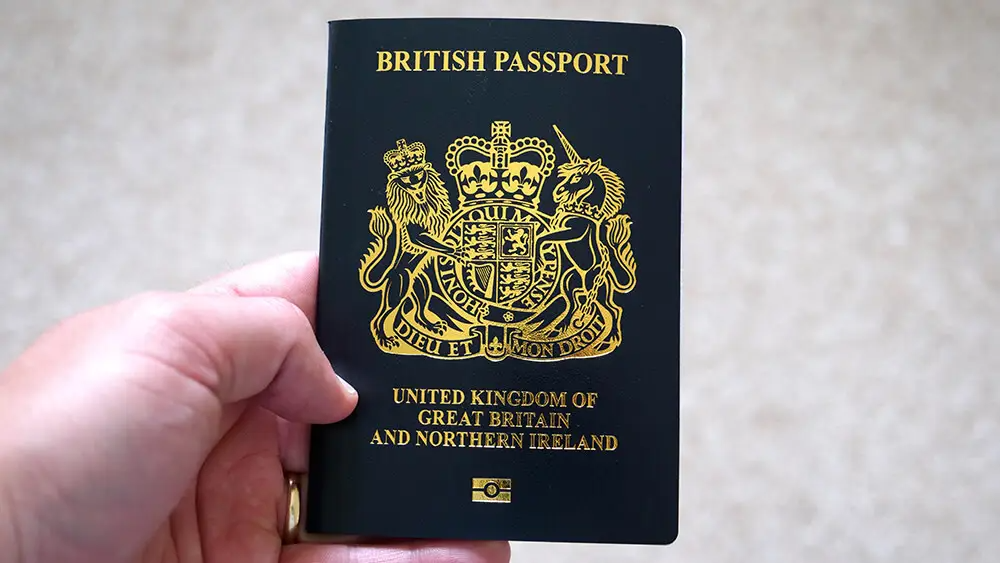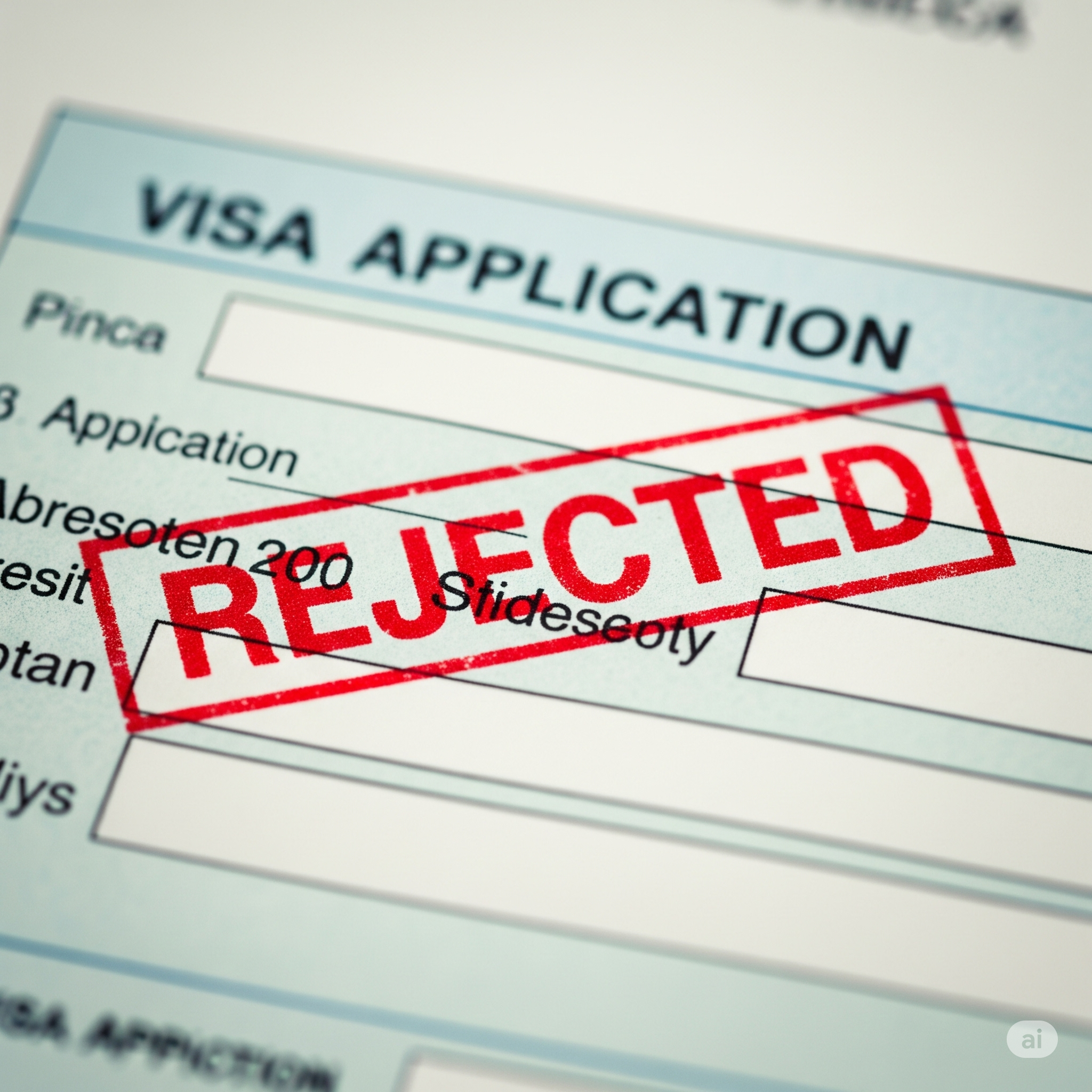How to Get a Student Visa for Canada (2025 Guide)
🎓 How to Get a Student Visa for Canada (2025 Guide)
Canada is one of the world’s most popular destinations for international students — known for its top-ranked universities, welcoming culture, and clear post-study work pathways. But before you can begin your academic journey, you’ll need to get a Canadian student visa, officially called a study permit.
In this step-by-step 2025 guide, we’ll walk you through the full process of how to apply for a student visa to Canada — including documentation, timelines, and insider tips.
📌 Step 1: Choose a Program and Get Your Letter of Acceptance
Before applying for a visa, you must be accepted into a Designated Learning Institution (DLI) — a Canadian university, college, or school authorized to host international students.
Apply directly through the school’s website or via platforms like ApplyBoard or EduCanada.
Once accepted, you’ll receive a Letter of Acceptance (LOA) — a crucial requirement for your visa application.
✅ Make sure your program is eligible for a Post-Graduation Work Permit (PGWP) if you plan to stay and work in Canada afterward.
💼 Step 2: Determine Your Eligibility
To apply for a Canadian study permit, you must:
- Have a Letter of Acceptance from a DLI
- Prove you have sufficient financial resources
- Have no criminal record (police clearance may be required)
- Be in good health (a medical exam may be needed)
- Convince the officer that you will leave Canada when your permit expires
💰 Step 3: Show Proof of Financial Support
You must prove you can cover tuition fees, living expenses, and return travel.
Minimum financial requirements (2025):
- CAD 20,635/year (living expenses outside Quebec)
- + Tuition fees
- + Return transportation
Acceptable proofs:
- Bank statements (last 4–6 months)
- Guaranteed Investment Certificate (GIC)
- Scholarship or funding letter
- Canadian sponsor letter and proof of income
💡 A GIC (often required under the Student Direct Stream) is a special account where you deposit funds, and it releases a set amount each month after you arrive in Canada.
🧾 Step 4: Gather Required Documents
Here’s a checklist of what you’ll typically need:
✅ Letter of Acceptance (LOA)
✅ Valid passport
✅ Proof of financial support (GIC, bank statements, etc.)
✅ Passport-size photos (as per IRCC specs)
✅ Medical exam results (if required)
✅ Police clearance certificate (if required)
✅ English or French language test results (IELTS, TOEFL, TEF, etc.)
✅ Statement of Purpose (SOP)
✅ Study permit application form (IMM 1294)
✅ Receipt of visa fee payment (CAD 150)
✅ Biometric fee receipt (CAD 85, if applicable)
⚠️ Document requirements may vary based on your country. Always check with the IRCC website or your local visa application center (VAC).
🗓️ Step 5: Apply Online or Through SDS
You can apply via:
- IRCC Portal (Canada.ca)
- Your local Visa Application Centre (VAC)
💨 Want faster processing?
Apply through the Student Direct Stream (SDS) — available to students from countries like India, China, Pakistan, Philippines, and more. It typically processes within 20 calendar days.
📂 Step 6: Submit Biometrics and Attend Interview (if required)
After submitting your application, you'll receive a Biometrics Instruction Letter (BIL).
- Book an appointment at a VAC
- Submit fingerprints and photo
- Some applicants may also be called for an interview, though it’s rare
⏳ Step 7: Wait for a Decision
Processing times vary depending on your location and the time of year.
- SDS applications: ~20 days
- Regular stream: 4 to 12 weeks (average)
If approved, you’ll receive:
- Letter of Introduction (LOI) — present this at the Canadian border
- eTA or TRV — depending on your nationality
- Your actual study permit is issued upon arrival in Canada
🛬 Step 8: Travel to Canada and Clear Immigration
When you arrive:
- Show your LOI, passport, and supporting documents
- Border officers may ask about your program, finances, or return plans
- If satisfied, they’ll issue your study permit at the airport
🇨🇦 Bonus: Can You Work While Studying in Canada?
Yes! International students with a valid study permit can work:
- Up to 20 hours/week during academic sessions
- Full-time during scheduled breaks (e.g., summer or winter holidays)
Starting fall 2024, Canada is planning to limit off-campus work to 24 hours/week during semesters — stay updated on policy changes from IRCC.
📝 Final Tips
✅ Apply 3–6 months in advance
✅ Use official platforms like Canada.ca or MyCIC
✅ Double-check all forms and documents before submission
✅ Seek help from authorized agents or your university’s international office
✅ Prepare for life in Canada — research housing, weather, transit, and healthcare
🧳 Conclusion
The Canadian student visa process is well-structured and friendly to international applicants. With strong planning and the right documents, you'll be on your way to studying in one of the most progressive and inclusive countries in the world.
If you're still unsure or overwhelmed, remember: thousands of students go through this process successfully every year — and you can too.
Connect With the Indian Community living Abroad.
Comments
Latest Articles

How to Get a Scholarship to Study in the UK (For International Students – 2025 Guide)

How to Get a Student Visa for the UK (2025 Guide)

How to Get a Scholarship to Study in Canada (For International Students – 2025 Guide)

Top Reasons Why Student Visa Applications Get Rejected in Germany
